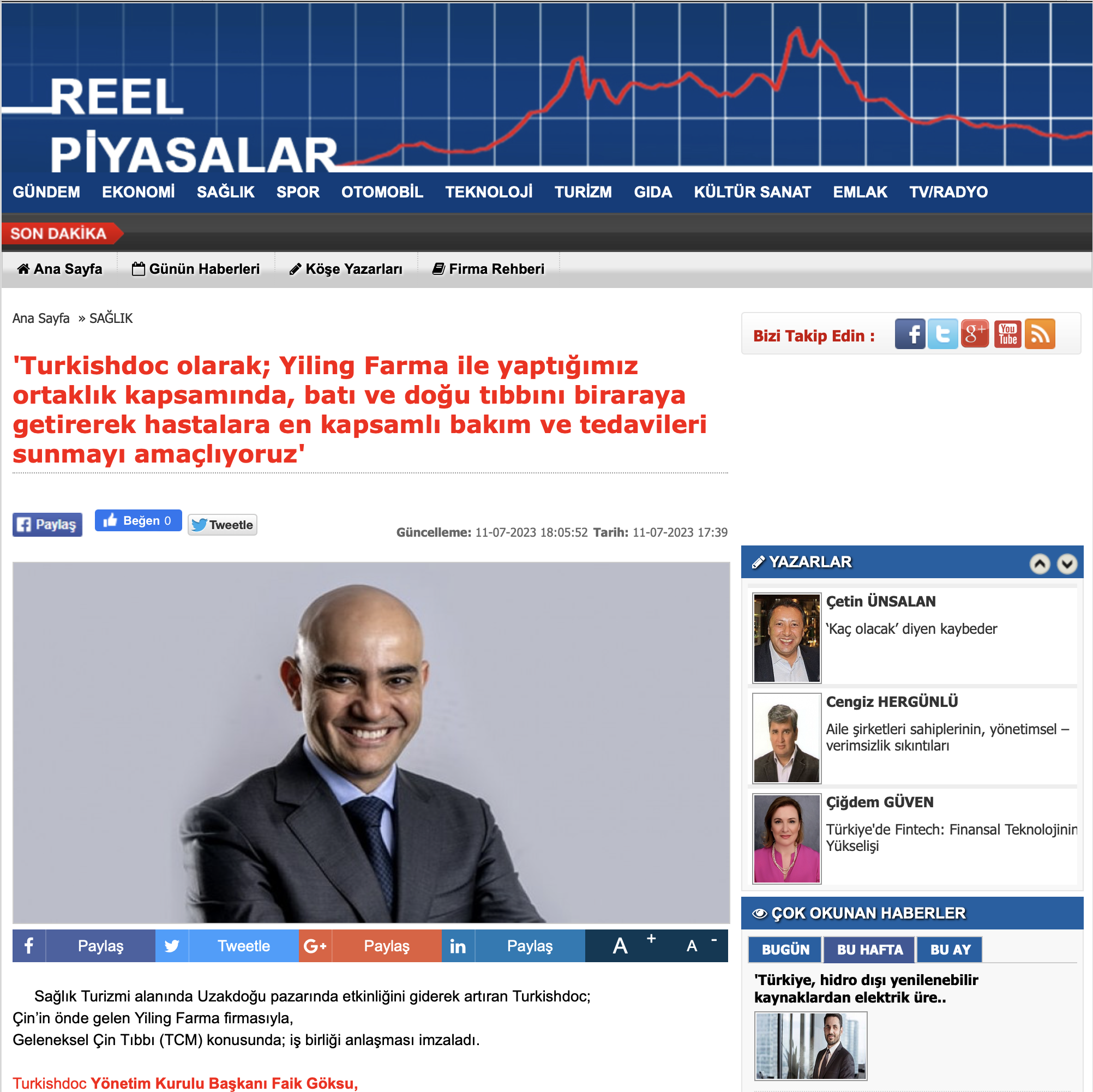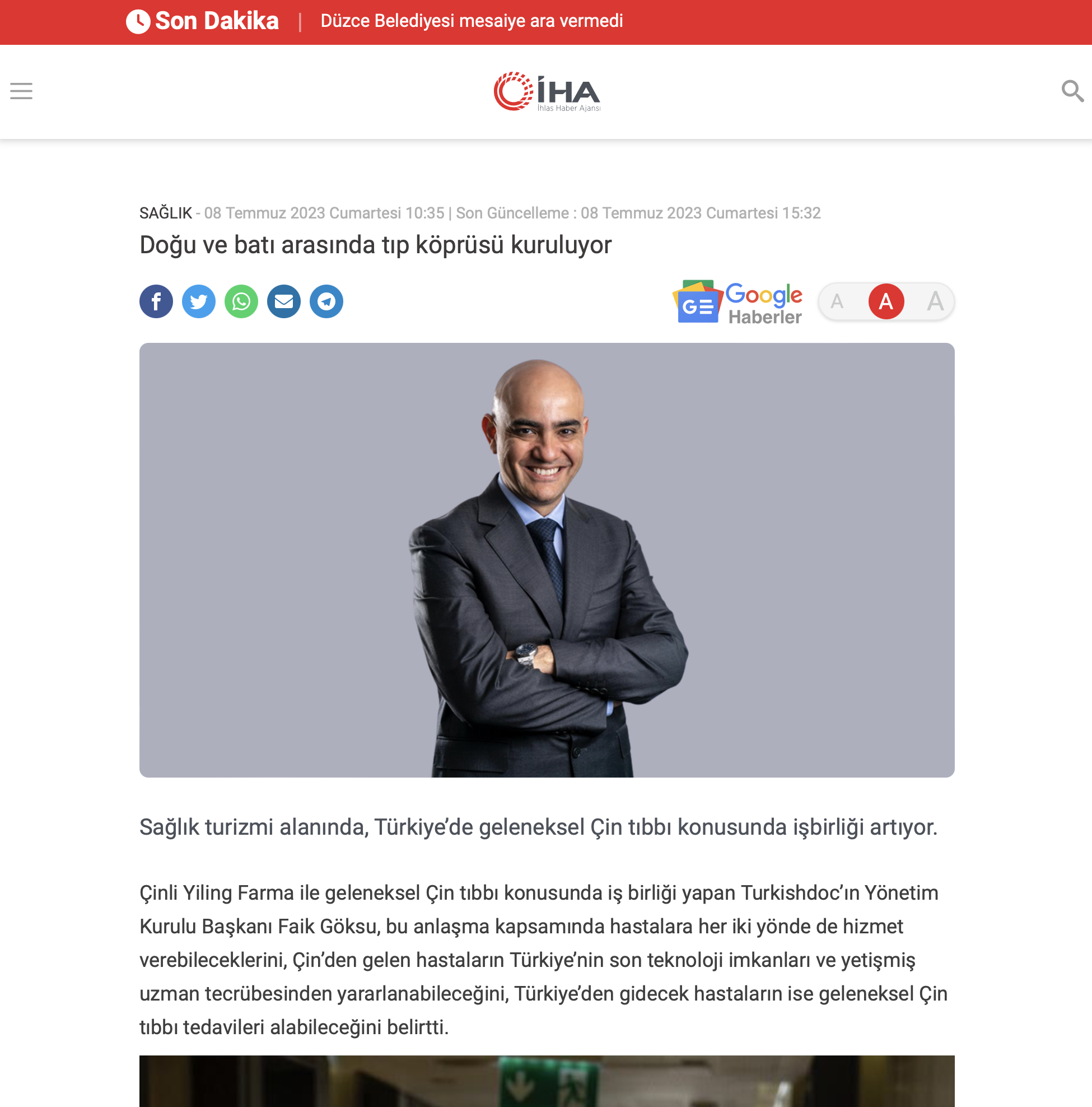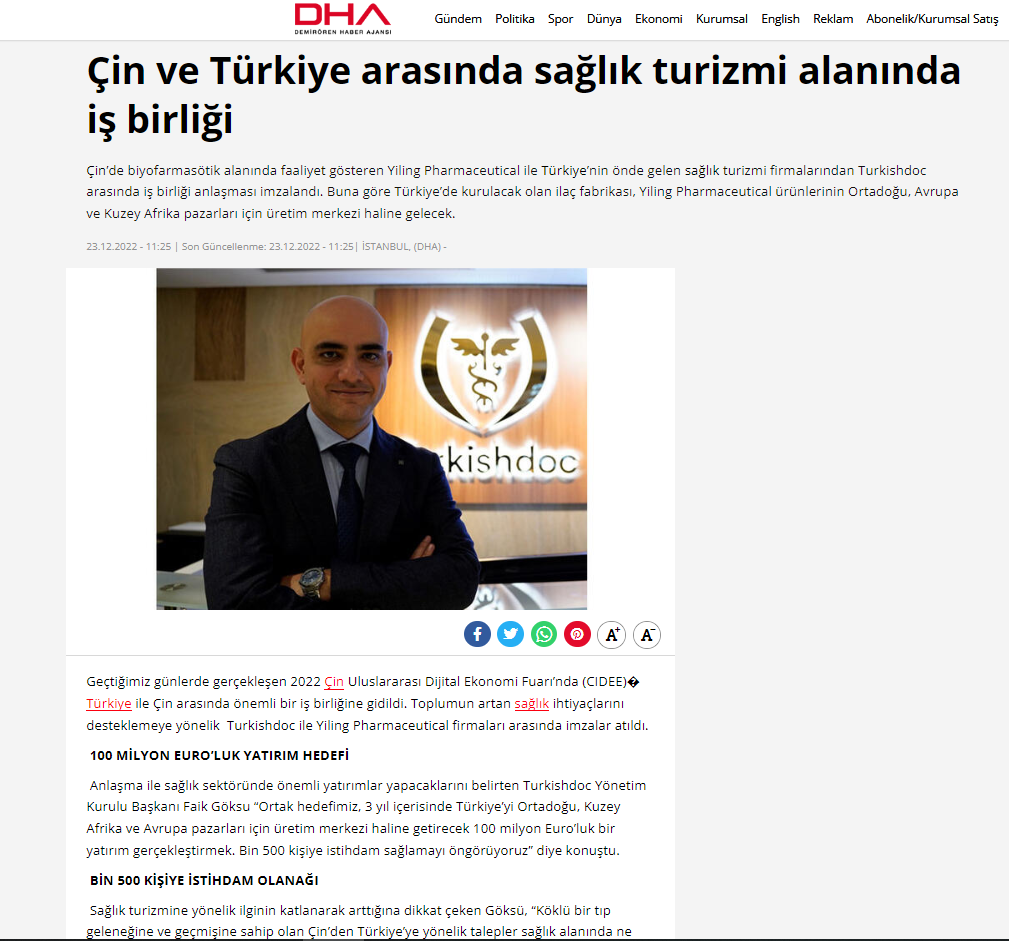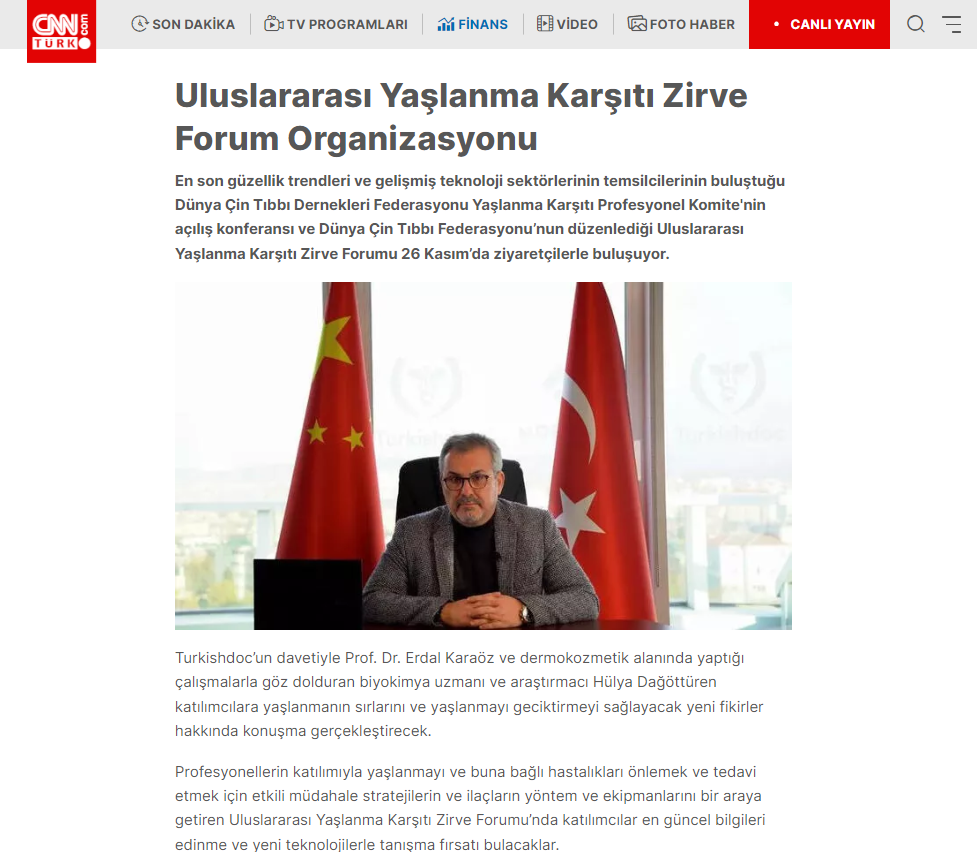Turkishdoc
Before The Eyelid Lift
In certain cases, before the operation, it is advisable to have an ophthalmological examination to determine any impairment of your vision or tear production. The back of your eye and your eye pressure should also be checked. Please present the findings of the ophthalmologist at the time of the operation.
You should not take any painkillers containing acetylsalicylic acid (e.g. aspirin) 14 days before the operation. The blood-thinning effect delays blood clotting and can cause secondary bleeding. Reduce consumption of nicotine and alcohol to a minimum before the procedure. You should also avoid sleeping pills if possible.
If you take medication regularly or suffer from allergies (e.g. to medication, disinfectants or plasters), please let the plastic surgeon know. Be sure to tell him about any known illnesses. If you are prone to bruising or persistent bleeding after minor injuries, the plastic surgeon should definitely rule out a coagulation disorder before the operation.
Get a small supply of compresses and two to three soft ice packs. A gel-filled migraine mask can also help to reduce swelling around the eyes after the procedure. For the operation itself, you should be rested and without make-up and bring dark sunglasses with you. Plan at least one week off after the operation. After two to three weeks, the swelling from the procedure is usually no longer noticeable in public.
The eyelid lift is usually performed on an outpatient basis with local anesthesia. In addition, if necessary, a sedative injection takes away your nervousness and excitement and ensures that you experience the procedure half asleep. For the local anaesthetic, you will be given punctures on the eyelids with a tiny cannula, which you will hardly feel. During the eyelid lift, you may notice a tugging in your eyes. After the procedure you have to take a short break, but you can go home afterwards.
An eyelid lift under general anesthesia is also possible, usually during a short stay in hospital. It is best to discuss with your plastic surgeon which preliminary examinations are necessary and when they are to be carried out. You will also have the opportunity to discuss the anesthesia with the anesthesiologist.
After the eyelid lift
Immediately after the operation, your eyes will swell to a greater or lesser extent, which will subside after a day or two. You will also have more or less pronounced bruising around the eyes. The bruise settles in the lower eyelids and usually disappears within a week or so. There may be clouding of the white part of the eyeball. However, this does not affect vision and usually resolves quickly.
After the procedure, the strained eyelids sometimes cannot be closed completely. This unpleasant phenomenon usually recedes quickly when the lid skin closes again. The swollen lower eyelid rarely protrudes from the eyeball after the operation. This can usually be remedied by lymphatic drainage. The plastic surgeon decides on a case-by-case basis whether this is necessary. Small white lumps that can form on the upper eyelid in the weeks after the procedure are removed directly by the plastic surgeon.
Since the seam is normally located exactly in the folds of the eyelid that develop when the eyes are open, it is usually hardly visible after eight days. However, if the incision is made over the outer edge of the eye socket, these additional scars can remain red for a few weeks.
Be prepared to gently cool your eyes with wet compresses or flexible gel masks for a day or two. This way the swelling will subside faster. A chilled migraine mask placed over the compresses provides additional cooling. It is better to stay in bed on the day of the operation, preferably with your upper body elevated. If you experience severe pain in your eyes, blurred vision or sudden swelling, please inform your doctor immediately. Blood residues along the seam can be carefully removed with damp pads. The intracutaneous sutures are removed from the fifth to tenth day after the operation. During the first 14 days after the procedure you should not rub or strain your eyelids and sleep as much as possible.
You should not strain your eyes with creams or ointments in the first week after the operation. Make-up can be carefully reapplied a day or two after the threads have been removed, but the seams should be avoided. Reading and watching TV are also possible again after just two days – but you shouldn’t overexert yourself just yet. You can use contact lenses as soon as you are no longer uncomfortable. However, in the first few days after the sutures have been removed, make sure that you pull on the wound as little as possible when inserting it so as not to impede wound healing. You can bathe and shower again the day after the procedure, although you should only slightly moisten the eye area. It is best to wear dark sunglasses to cover up bruises.
In the event that the results of the eyelid lift wear off after a few years, further surgery is possible. A decision about corrections of the first intervention should only be made after complete healing (after at least six months). Only then is the result of the operation fully visible.











